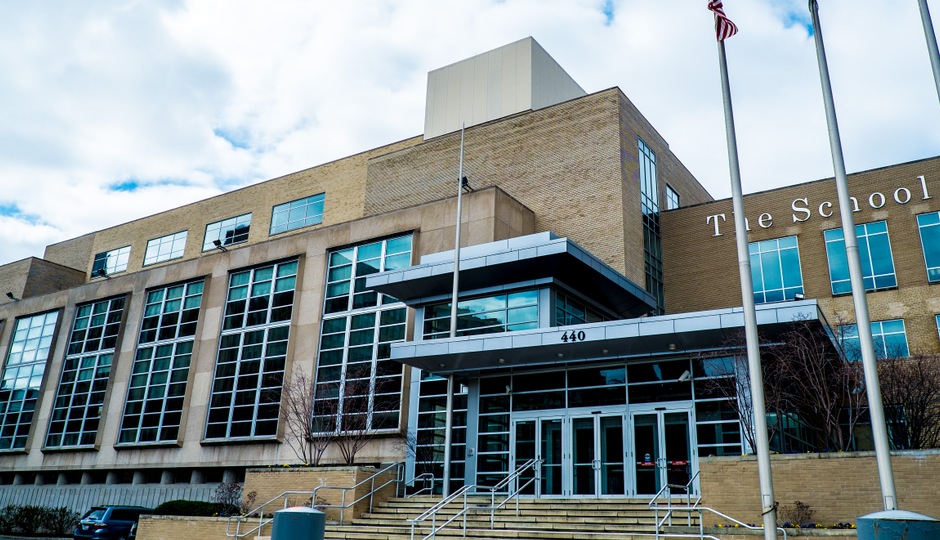Op-Ed: Why We Need 300 Different Plans for Philly’s Schools
(Editor’s note: This is an opinion column from Susan Gobreski, a member of Mayor-elect Jim Kenney’s transition team. She serves on his education committee.)
Tolstoy said, “All happy families are alike; each unhappy family is unhappy in its own way.” It is a perfect way to understand schools, too. Successful ones are alike in key ways. Children are learning, there is a supportive community, and parents and teachers are happy.
But each struggling school is not succeeding in its own individual way. They have specific children with individual needs. Even schools that appear to be alike may be quite different.
Consider two schools in the same city, each with an 85 percent of their students in poverty and 20 percent of them English language learners. One might have an especially high number of special-education students with mild needs, and English language learners from four different native languages. Plus, they may have an experienced special education staff, a local grocery store, a strong neighborhood organization, an old building and a recent neighborhood outbreak of shootings. The other might have a low special education rate but higher-needs students, English language learners from just one native language, a high asthma rate, high absenteeism, limited health resources in the community, a couple of strong math teachers and a new principal.
The challenges are very different, as are the interventions, strategies, tools and resources needed to make improvements at each school.
The current education reform trend to emphasize governance, district administrative leadership structure and rules, and a strategy to create more charter schools or a portfolio district model, is inherently the wrong emphasis. The focus needs to be on providing and aligning supports sufficient to meet student needs, and school leadership that understands how to do it.
Research has demonstrated time and time again that schools that succeed — even in difficult circumstances — are the ones where the principal and staff are trained and empowered to make educational decisions and set priorities, and where resources can be matched to the individual needs of students. One place to look at is Union City, N.J., a poor district that has gotten good results doing exactly this.
Which is all to say that there is no single plan or blueprint that will fix Philadelphia schools, whether you call it a school system or a “system of schools” (the terminology du jour for focusing on governance). We need overarching priorities, yes, but we need plans. Plural. Around 300 of them, to be exact, if you count all the district schools and charters in Philadelphia.
Many organizations and businesses smaller in size and budget than a school go through a strategic planning process every three to five years. Analysis is done about current circumstances, strengths and weaknesses. Resources are also identified (i.e. financial, staff capacity, community). People involved are asked for ideas about prioritizing time and money to align work with goals, how to divide responsibilities to optimize effectiveness, how to connect with allies and partners, and how individuals fit into the plan.
We don’t ask this of schools, but we should. If we want our schools to succeed, we need each school community to map out its direction and own the implementation as a team. Principal leadership is a critical piece of school improvement; this is well-proven, and should be a key element of change as the district moves forward. Preparing principals for a role where they are trusted — by the people above and below them in the hierarchy — is a paradigm shift here. Aligning resources and supports at the school level and involving the community in determining what the priorities are is critical. These two things are quite possibly the reforms that matter most.
We don’t need one strong leader. We need hundreds of them. We need to change the culture and practice in Philadelphia so that talented people thrive. Principals need to be assigned real responsibility, not just responsibilities, and they must in turn develop and empower teachers and other staff to build a vision and an improvement plan for their school, which is geared toward a specific group of children in a particular set of circumstances. We need to equip schools with tangible resources, such as adequate staffing, supports, supplies and a safe learning environment, and then allow people to make decisions about deploying them appropriately.
A focus on “community schools” in 2016 is the right one. At its essence, this approach is about involving people and aligning and targeting services. It can capitalize on a point of Philadelphia pride: We are a city of neighborhoods, and by building upon that, we can increase the likelihood of success. Instead of focusing on trendy reforms and disruption, we must focus on maintaining stability and making people and the community stronger.
The best leaders keep their eyes on the ball and make sure that every crisis, every situation, is used to bring people back to the goal. Philadelphia has an opportunity to focus on the what is happening for each specific group of children and what each specific school community needs to succeed.
Children and teachers aren’t cogs. Education is about developing human potential, and we must design and align our processes accordingly.
In addition to serving on Mayor-elect Kenney’s transition team, Susan Gobreski is the executive director of Education Voters, a nonprofit education advocacy organization representing parents and community members in support of public education.
